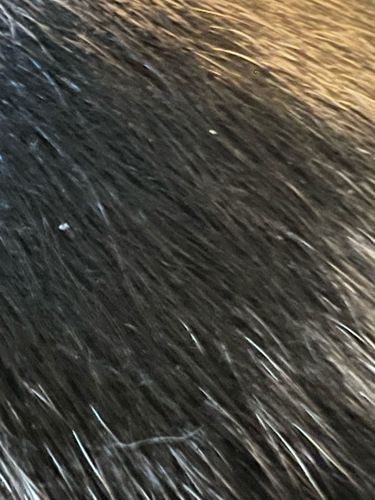Flea
Scientific Name: Siphonaptera (order); specific species varies (e.g., Ctenocephalides felis for cat flea)
Order & Family: Order Siphonaptera, various families (e.g., Pulicidae)
Size: 1.5 to 3.3 mm (0.06 to 0.13 inches) long

Natural Habitat
Fleas thrive in warm, humid environments. They are typically found on the bodies of their hosts (mammals and birds) or in the host's nesting/sleeping areas (carpets, bedding, pet furniture, cracks in floors).
Diet & Feeding
Adult fleas are obligate hematophagous parasites, meaning they feed exclusively on the blood of warm-blooded hosts. Larvae feed on organic debris, including adult flea feces (which contain undigested blood).
Behavior Patterns
Fleas are wingless insects known for their ability to jump significant distances relative to their size. They undergo a complete metamorphosis with four life stages: egg, larva, pupa, and adult. Adults are highly mobile on their host, feeding frequently. Females lay eggs after blood meals, often directly on the host, but the eggs soon fall off into the environment.
Risks & Benefits
Potential Risks: Fleas can cause severe itching, skin irritation, and allergic reactions (flea allergy dermatitis) in hosts. They can transmit diseases such as murine typhus (via Rickettsia typhi) and plague (via Yersinia pestis) to humans, and tapeworms (e.g., Dipylidium caninum) to pets and sometimes humans. Heavy infestations can lead to anemia, especially in young animals. Benefits: There are no known direct benefits of fleas to humans, and their ecological role is primarily as parasites.
Identified on: 10/7/2025